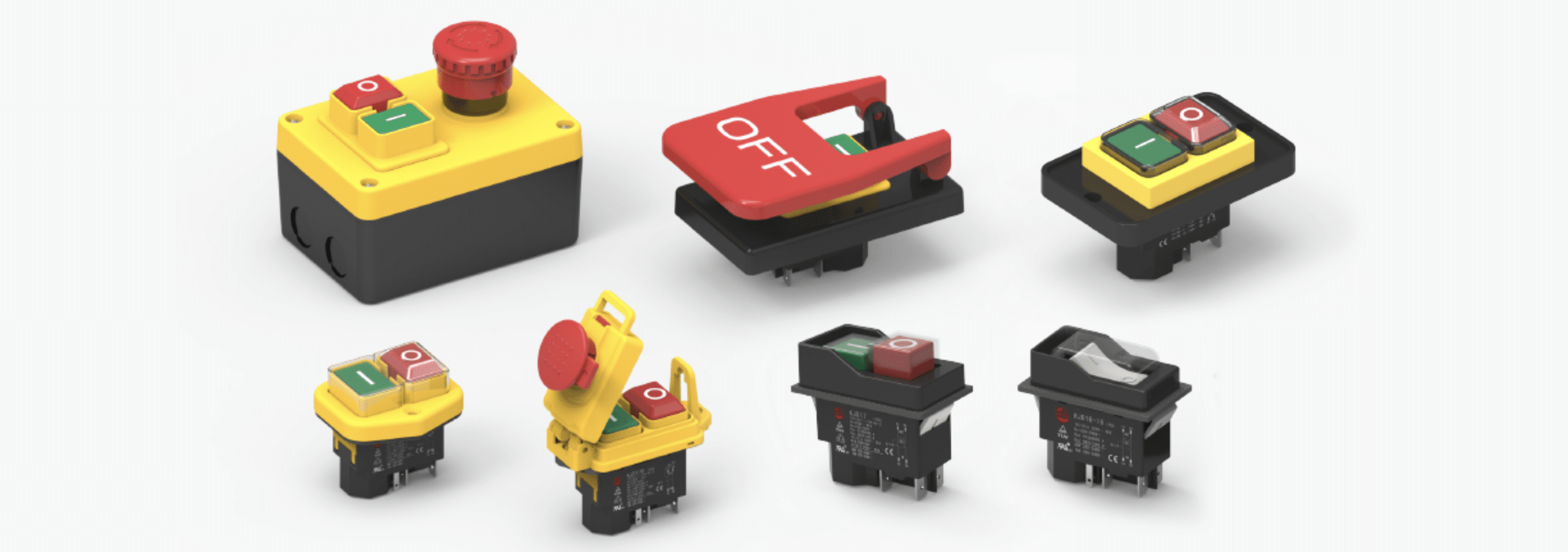
Silicone rubber plays a crucial role in the design and function of push button switches, commonly found in a wide range of electronic devices. Here’s a breakdown of its importance
- Durability: Silicone rubber is known for its excellent durability and resistance to environmental factors such as temperature extremes, moisture, and UV light. This makes it ideal for use in push button switches that need to withstand harsh conditions or frequent use.
- Flexibility: The inherent flexibility of silicone rubber allows it to return to its original shape after being pressed. This property is essential for the tactile response and long-term reliability of push button switches, ensuring that they continue to operate effectively even after many cycles of use.
- Electrical Insulation: Silicone rubber is an excellent electrical insulator, which helps prevent unintended electrical conductivity in switches. This property is crucial in preventing short circuits and ensuring that the switch operates safely.
- Customization: The versatility of silicone rubber allows it to be molded into complex shapes and sizes, which can be tailored to specific applications. It can also be formulated with different hardness levels and colors, enabling designers to create switches that not only perform well but also match the aesthetic requirements of the device they are part of.
- Chemical Resistance: Silicone rubber is resistant to many chemicals, including some oils and solvents. This resistance is beneficial for switches used in environments where chemical exposure is likely, such as in industrial settings or in certain automotive applications.
Overall, the use of silicone rubber in push button switches enhances their performance, durability, and safety, making it an indispensable material in the electronics industry.


